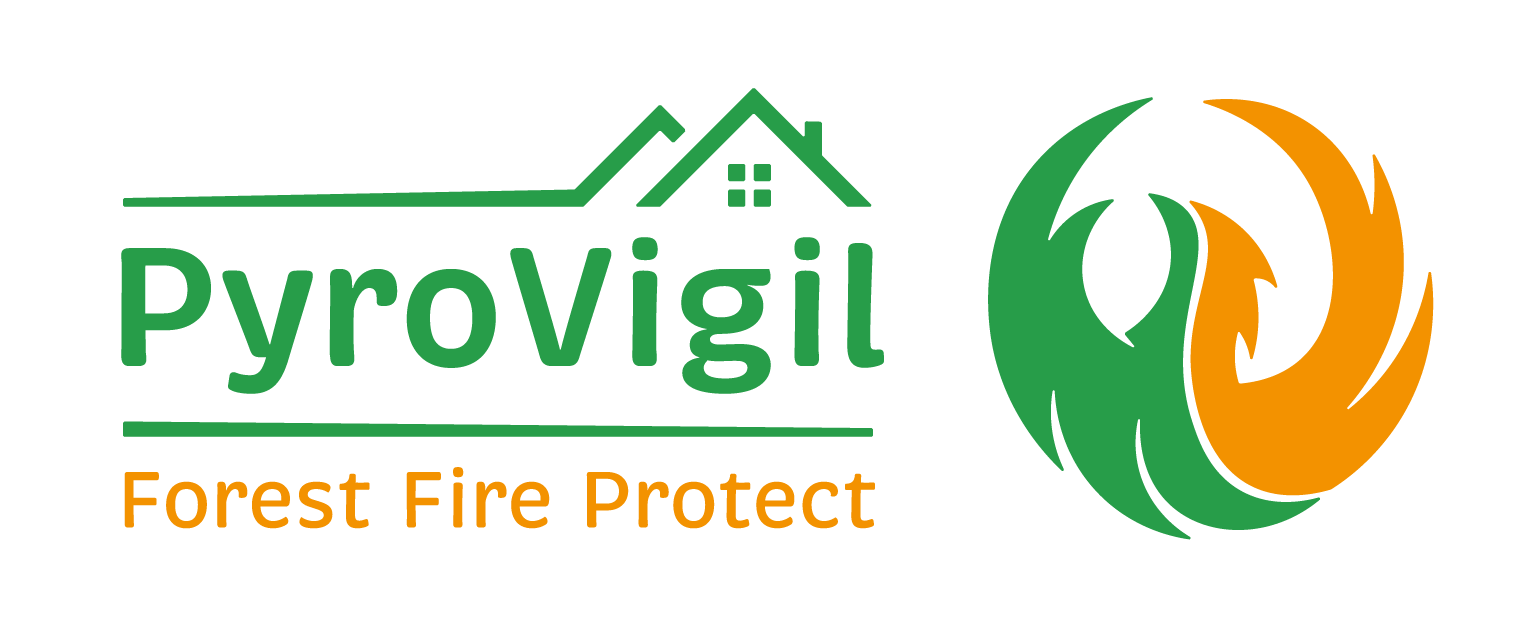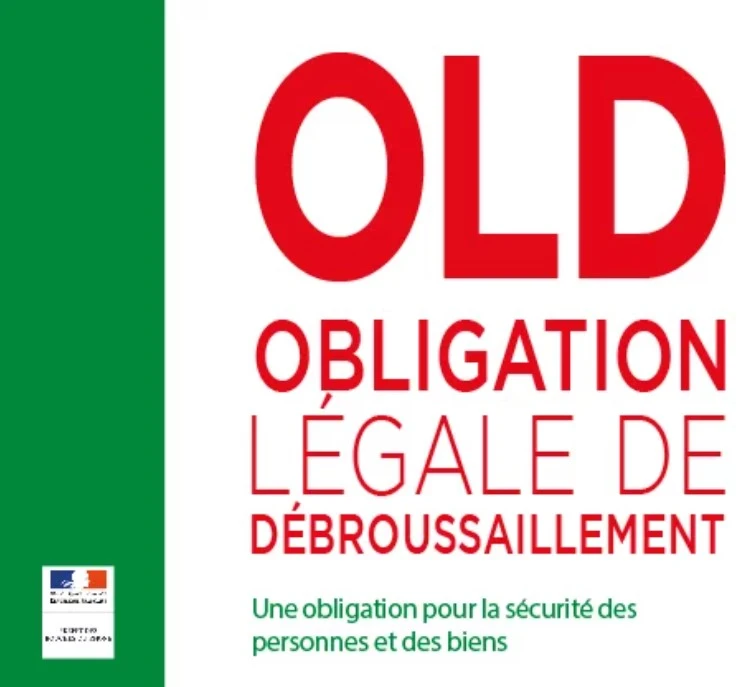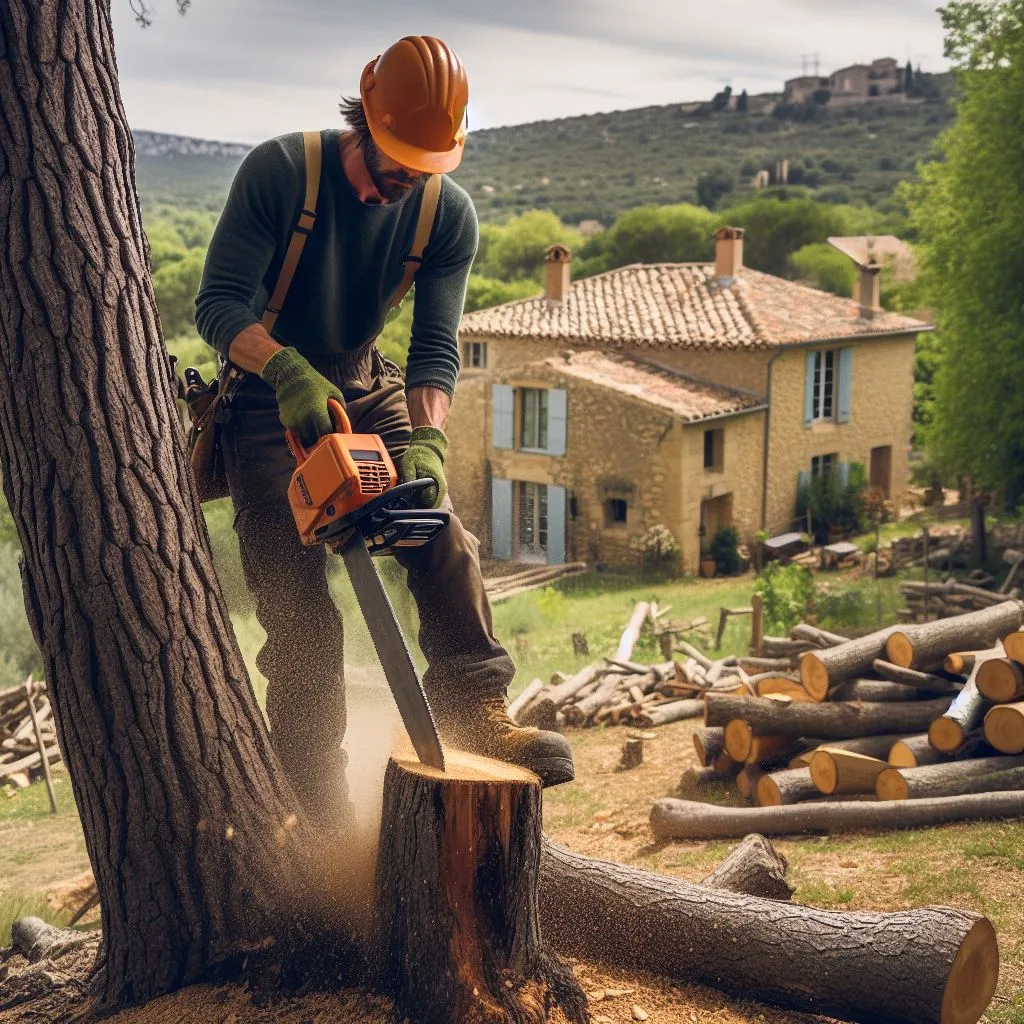The risk of forest fires has affected all municipalities in the Var for a very long time, and all specialists today agree that the context of global warming is causing a sharp increase in the severity and number of fires, as well as an increase in the number of fires. periods of risk. By 2050, an overall increase of 30% is planned, which could reach 80% in the Mediterranean basin with a multiplication of “non-standard” fires against which the French model of fight is now considered insufficient, particularly at the level human, environmental and economic issues.
If the Forest covers 30% of the metropolitan territory with its 17 million hectares, its coverage in the Var department exceeds 75% if we include the scrubland and maquis.
Made up of almost half a million hectares of highly combustible natural spaces, the Var is therefore extremely vulnerable to fires; especially since this risk is aggravated by several unfavorable factors:
– Climatic: drought, high heat, low humidity and strong winds make vegetation highly flammable and combustible.
– Topographic: the contiguous forest massifs facilitate the passage of the fire, while the tormented relief accelerates the fire with numerous slope and venturi effects.
-Anthropic: The numerous constructions and infrastructures in contact with the massifs increase the risk of outbreaks of fires, 90% of which are of human origin.
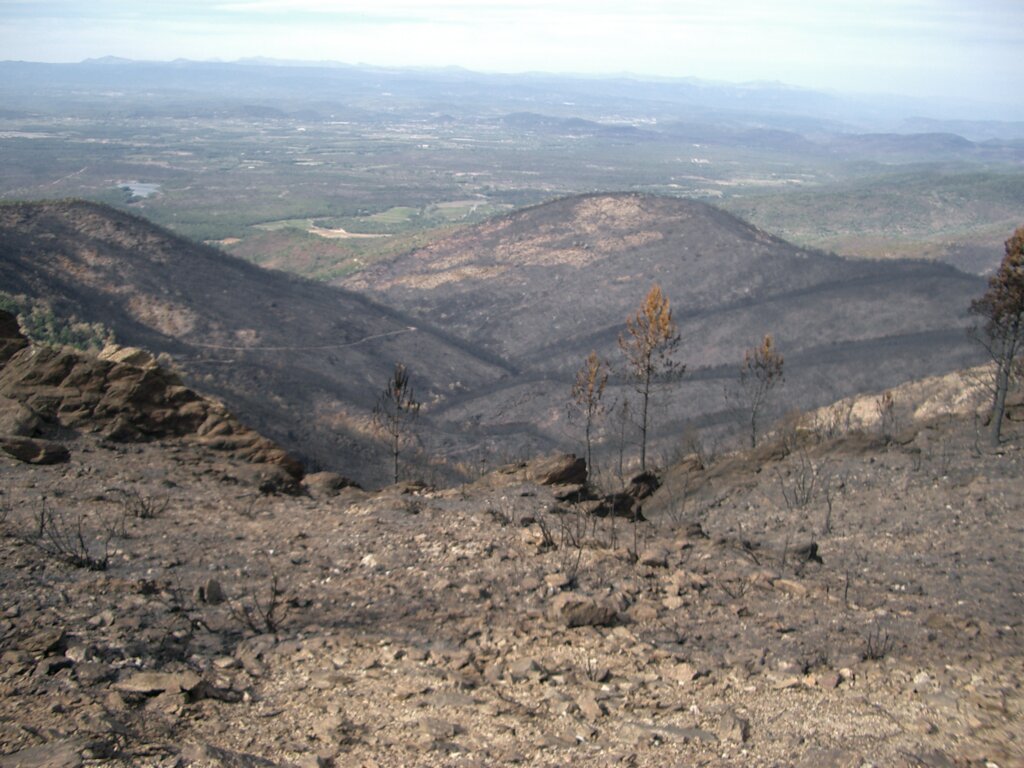
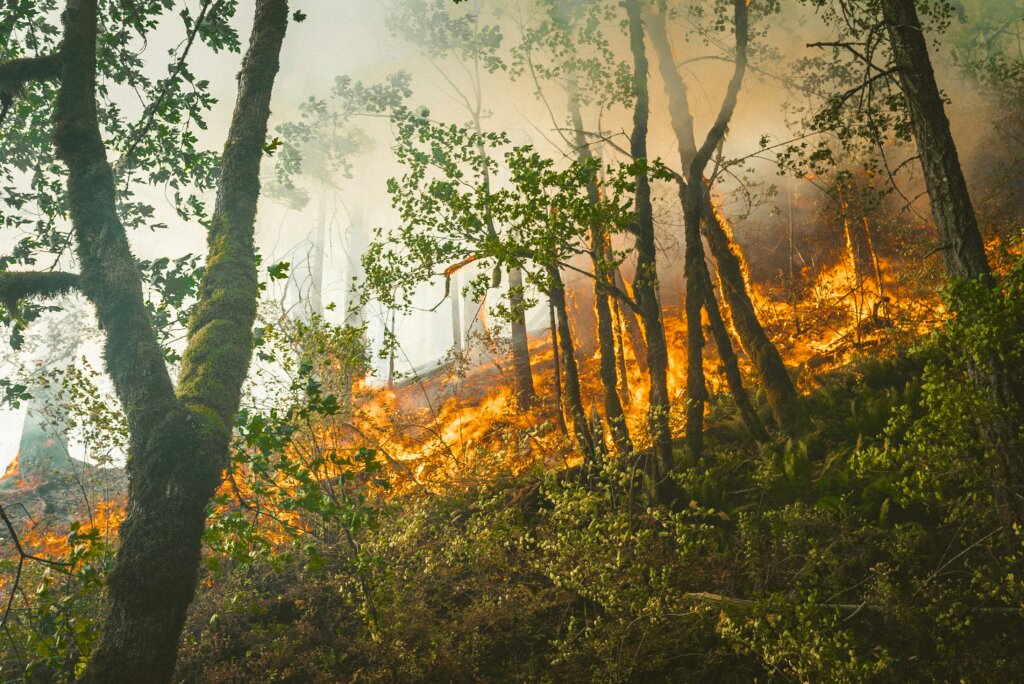
All municipalities in the Var are thus exposed to the risk of “forest fire”, and clearing is an integral part of defending forests against fire.
The major fires of 2021 and 2022 remind us of the importance of the risk of forest and vegetation fires. Climate change intensifies this risk: the fire season is lengthening and the risk is gradually expanding into new regions. To prevent this danger, clearing land and areas around homes is the best protection for people, property and the surrounding nature.
Clearing bush is a home’s safety belt against fires: it limits their spread and facilitates the intervention of firefighters.
The galloping urbanization imposed by the doubling of the population of the Var over the last thirty years has greatly aggravated a risk which concerns all of the Var communes, in a department already hard hit by drought and global warming. In 2022, an IPCC group of experts warns in its sixth assessment report of a 50% increase in the probability of “catastrophic forest fires” and an increase in burned areas of 80%. here in 2050
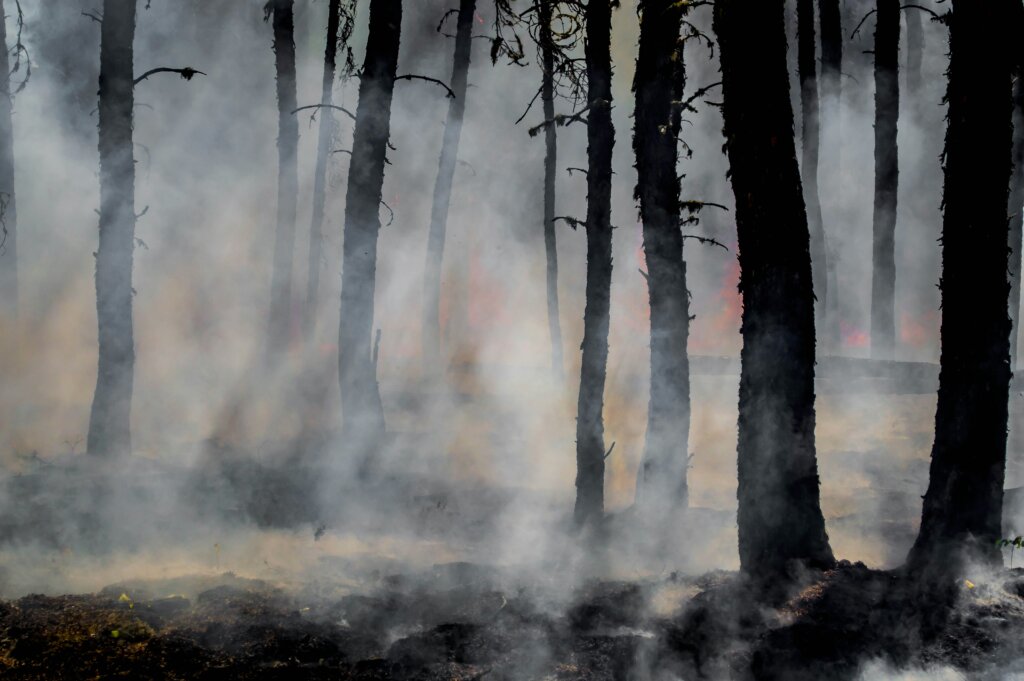
It is also expected that there will be an increase in “non-standard” fires, such as that of Gonfaron in 2021, which demonstrated a French model of fighting which is now considered insufficient to ensure an effective fight against a fire which has set new records:
– 6,832 ha burned in 9 impacted municipalities
– A dazzling spread: 21 km in 6 hours, with top speeds of 7 km/h.
– Projections of millions of flaming brands generating bursts of fire > 1 km.
– Stoppage of the progression of the fire the first night, linked mainly to a rotation of the wind due to the establishment of sea breezes loaded with humidity, without which the highly urbanized municipalities of Croix Valmer and Cavalaire would have been strongly impacted.
– Human damage: 2 deaths
– Damage to property never before seen: 434 buildings impacted, including 130 completely destroyed.
– 90% of destroyed buildings were not protected by regulatory clearing, in accordance with the recommendations of the Var prefectural decree.
It is therefore more urgent than ever to anticipate and implement effective protection of people and property!
